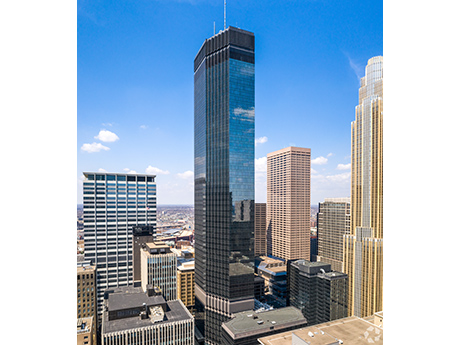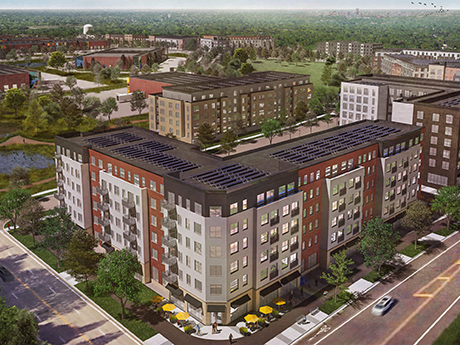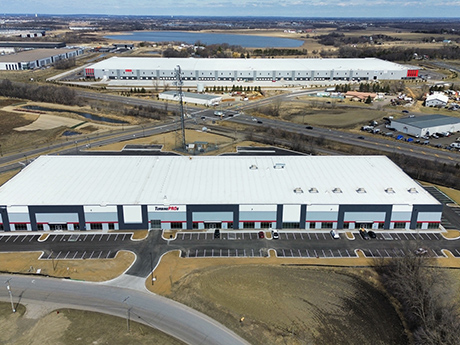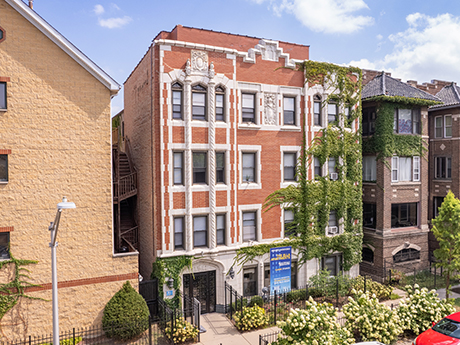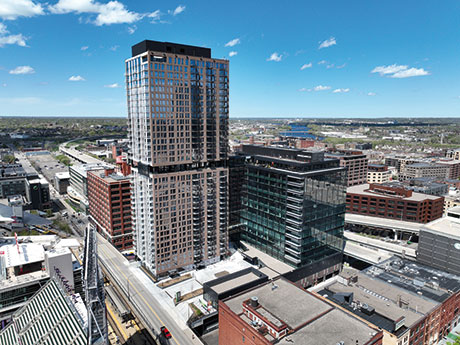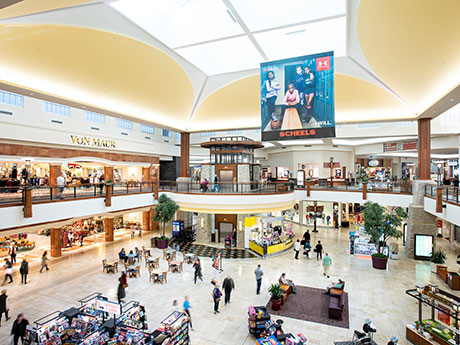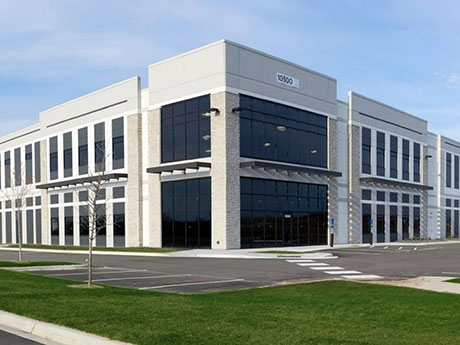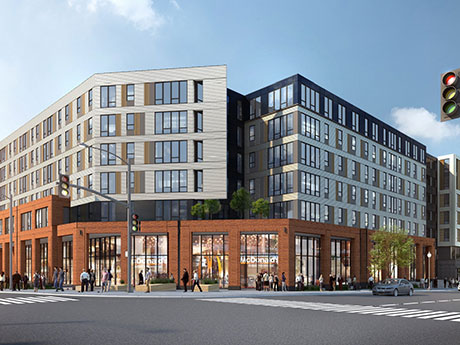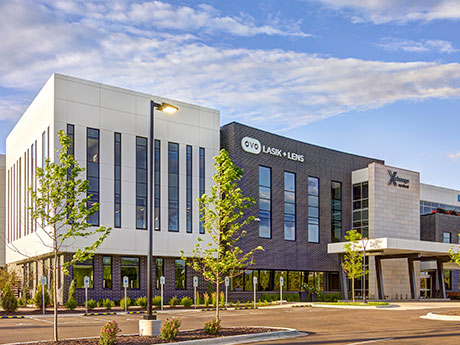By David Goldfisher, The Henley Group Secondary and tertiary office markets across the Midwest, including Chicago, Minneapolis, Madison, Milwaukee, Cleveland, Cincinnati, Columbus and St. Louis, are facing mounting pressure. While each city has its own challenges, a common theme is clear — vacancies remain high and liquidity is thin. Tenant shuffling One of the defining dynamics today is tenant reshuffling rather than net growth. As leases expire, employers frequently move from one building to another, seeking modernized space and stronger amenities. Renovating in place is disruptive and costly, while relocating allows businesses to upgrade with minimal operational downtime. This “musical chairs” effect highlights a deeper structural issue. There are only so many large anchor tenants in Midwest cities and few new entrants are seeking major blocks of space. There is more repositioning for existing tenants than attracting new ones. Flight to quality Landlords and developers are competing to deliver amenities that encourage office attendance and support talent retention. Modernized lobbies, tenant lounges and flexible collaboration areas have become standard expectations. Hines’ upgrades at Chicago’s 333 West Wacker Drive and 601W Cos.’ reinvestment in the Old Post Office demonstrate the scale of investment required. But not all landlords can compete. With …
Market Reports
By Chris Collins, Marcus & Millichap The Minneapolis–St. Paul apartment market is currently experiencing a transformation, shaped by shifting economic conditions, changing demographics and evolving public policy. Having strong fundamentals in past multifamily housing development, the Twin Cities have entered a period of recalibration. After years of record-breaking development numbers, the construction pipeline has slowed dramatically, while demand remains across the metro. Like many markets, the Twin Cities face affordability challenges, aging populations and regulatory uncertainty. A major factor of the current market is the sharp decrease in new apartment construction. Following a peak in multifamily housing permits of more than 15,000 in 2022, the Twin Cities saw a sharp decline to just 7,400 from April 2024 to March 2025. This steep reduction is largely driven by public policy such as rent control, operating costs and rising construction costs, which now average in the low to mid-$300,000 per unit, while the market value of newly built apartments hovers near $250,000. As a result, many developers find it financially unfeasible to break ground on new projects without substantial public subsidies. The construction pipeline has declined by more than 50 percent from its peak, and the number of units under construction will …
By Joe Mahoney, Opus In today’s industrial landscape, where some U.S. metros are grappling with double-digit vacancies and an oversupply of speculative product, the Minneapolis-St. Paul metropolitan area continues to stand apart. With consistently strong fundamentals, measured development, disciplined absorption and diverse demand, the Twin Cities have historically avoided the peaks and valleys of fluctuating supply and demand that plague other cities. Looking at current data, during the first two quarters of 2025, industrial vacancies here hovered around 4 percent while the national average was 9.3 percent, according to CBRE. In fact, the Twin Cities have the fifth lowest industrial vacancy rate in the country. Steadfast economics This stability is no accident. The Twin Cities of Minneapolis and St. Paul rank as the 13th largest industrial market in the country due to a number of factors. Among the most impactful, they have a robust corporate base that includes 17 Fortune 500 companies in industries ranging from manufacturing, technology, agriculture and healthcare to medtech, energy, retail and financial services. This diversity helps drive consistent demand. In addition, above-average wages that outpace inflation, below-average unemployment rates and above-average job growth, household resiliency and demographic stability together help make Minnesota a good place …
By Lee Kiser, Kiser Group Multifamily real estate investment in the Midwest in 2025 presents a compelling opportunity, driven by strong fundamentals, favorable market dynamics and emerging trends. Here’s an overview of the key trends and outlook. Strong rent growth Midwestern cities are experiencing some of the fastest rent increases in the nation. Cleveland leads with a 5.1 percent year-over-year rent growth, while other metros like Chicago, Kansas City and Detroit rank among the top 10 for rent gains, outperforming the national average. This surge is attributed to steady demand and limited new supply, allowing landlords to continue raising rents. Much of the rent growth is due to declining construction activity. Nationally, multifamily construction is expected to decline by 11 percent in 2025, with completions projected to fall to 317,000 units. The Midwest has a significantly smaller pipeline than the national statistics, with only 3.4 percent of inventory currently under construction versus 6 percent nationally. Workforce housing stock The Midwest is recognized for its affordability, with monthly multifamily rents averaging $1,405, which is lower than the national average of $1,823 and more than 10 percent less than the Sun Belt average. Midwest transaction velocity is shifting toward Class B and …
By Michael Gelfman, Colliers Like many major cities across the U.S., the Minneapolis-St. Paul office market remains soft while office users continue to adjust to the shifting dynamics of work brought on by the global pandemic. The gap between performing and non-performing buildings, driven by challenging debt markets, evaporation of building owners’ equity and the impact of hybrid work on office space demand, is growing. Building owners are faced with difficult and often expensive decisions: spend what’s needed to create a highly amenitized environment (necessary to compete) that attracts tenants and draws employees back to the office or face a race to the bottom. For tenants in the market, this perfect storm has created unprecedented opportunity. Hybrid work is here to stay For the last several years, many have wondered where the office market in Minneapolis-St. Paul was heading. The pandemic fundamentally changed the way companies use office space — was hybrid work a temporary solution to a once-in-a-lifetime event or was it here to stay? Today we know the answer: hybrid work is here to stay. As a result of this seismic shift, some of which is due in part to artificial intelligence, many tenants over the last few …
By Louis Suarez, Misty Bowe and Brian Bruggeman, Colliers The Twin Cities medical real estate market has experienced many different phases over the last few years, reflecting the region’s journey toward post-pandemic recovery. Currently, this sector is experiencing a notable shift that is fueled by rising vacancy rates for on-campus hospital properties contrasted with a low vacancy rate of 4.9 percent for off-campus medical buildings. This shift is significantly influenced by the push to outpatient surgery centers, ongoing financial pressures and consolidation trends. Additionally, experts in this region are predicting a scarcity of new medical building supply in 2024, which is expected to exert ongoing pressure on rental rates for existing medical office space, despite the stabilization of interest rates that is anticipated to come later this year. As of the fourth quarter of 2023, the current construction pipeline consists of a mere 84,000 square feet, all of which is spoken for with no additional supply projected to come to market in the next year, which is a nearly 80 percent decrease year-over-year. The dramatic increase in interest rates, rising construction costs and capital constraints have pushed asking rents for new proposed projects to well above $30 per square foot …
By Tricia Pitchford and Amy Senn, Mid-America Real Estate A strong regional economy continues to propel the retail real estate market in Minneapolis heading into the fall. Unemployment remains lower than the national average, though up from last year’s remarkable sub-2 percent. New jobs are being created at a nice clip. At the same time, retail real estate space is tight, with limited new construction. Well-located spaces are being re-tenanted quickly. The same is generally true for B and C locations. Rents are flat to increasing. Higher construction costs continue to hamper tenant expansion. Although the macroeconomy is slowing, consumers are proving resilient, with a large appetite (pun intended) for quick-service restaurants and personal services, in particular. Where’s the most action? Suburban trade areas are seeing most of the activity across the metro area. Maple Grove, Woodbury, Edina and Roseville are among the strongest submarkets. A couple of urban trade areas, namely the North Loop warehouse district and Northeast Minneapolis, stand out for their growing appeal as arts, entertainment and dining districts. (Yes, we have hipsters in the Twin Cities.) Generally infill and redevelopment opportunities are more time-consuming and costly to execute than ground-up development, but that’s not stopping the …
By David Berglund, JLL The Minneapolis-St. Paul industrial real estate market continues to show strength as tenant demand and leasing activity keep vacancies low and absorption steady. In the second quarter of 2023, there were more than 4 million square feet of leasing and 523,641 square feet of net absorption, which pushed vacancy rates down slightly to 3.6 percent. In addition, roughly 800,000 square feet of speculative development was removed from the market. Currently, there is just 2.7 square foot of available space for every square foot of tenant demand. Year-to-date absorption was nearly 2 million square feet, led by the Northwest submarket with nearly 1.3 million square feet of that total since January. The Northwest submarket has been leading in absorption in four of the past six quarters. Asking rents increased to $6.21 per square foot and first-year rents continued to climb to $9.13 per square foot, reflecting an 11.5 percent growth over 2022. With very low vacancy and limited supply coming, we are continuing to see favorable conditions for landlords in the Twin Cites industrial market. New high-water marks for rents will likely continue into 2024. Investment sales, however, tapered off significantly as the impact of several incremental …
By Jeff Budish, Northmarq Three years in, and the COVID-19 pandemic has immensely altered how multifamily and commercial properties are utilized, located and valued. Now with interest rate changes, all product types have seen a hit from the change in the cost of capital. While challenges are on the horizon, Midwest markets, including Minneapolis-St. Paul, should see less shake up than elsewhere. Despite rising interest rates, recession worries and nagging inflation, the Twin Cities multifamily sector is resilient. Vacancies remain low, demand is outpacing supply and rents are solid. Year over year, apartment rents in the Twin Cities area are up 5 percent. While COVID changed the dynamics of all product types, it explicitly impacted multifamily. The increase in remote work meant employees were not tethered to a physical office. Many people moved away from their workplaces in densely populated areas to the suburbs. However, Minneapolis and St. Paul proper generally saw net outbound demographic shifts. Valuations over the past two years therefore didn’t include additional inflated pricing based on speculation of continual inbound movement. There is also soaring demand for apartments due to an increase in the number of Americans living on their own, roommate-free. In an AvalonBay public …
By Jill Rasmussen, Davis The Minneapolis – St. Paul medical office building (MOB) market remains strong with calculated strategic growth from both hospital systems and independent clinics. The MOB sector has been resilient during the pandemic, economic challenges and local civil unrest. Providers have been focused on expanding into new market areas to locate close to their patient base, providing full-service medical hubs offering outpatient surgery and specialty services to communities while offering lower-cost care away from a hospital campus. The overall market remains very stable with a current vacancy rate of 8.6 percent on-campus and 10.6 percent off-campus. There remains high interest in off-campus locations for most non-acute care for location access and cost savings. Base rents continue to increase both on- and off-campus due to demand and higher new construction pricing. Base rates have reached nearly $22 per rentable square foot (rsf) on average on-campus and $21/rsf for off-campus existing product. New MOB construction rates have increased from $24.50/rsf to $28+/rsf due to interest rate hikes and supply chain/labor issues, but new construction projects continue to move ahead based on provider’s strategic initiatives. Annual base rent increases are trending up due to current inflation levels from a historical …
Newer Posts


